
Review on Effortlessly Master DIY Painting With HomeRight Finish Max HVLP Electric Spray Gun - 3 Spray Patterns And Superior Brass Tip by Thasapon Bowers

Spraying Tutorial: my feedback
This is more of a "lessons learned" than a review. I'm an experienced, DIY painter - not a professional, but I have painted easily 10k sq' in my lifetime. Switching to a sprayer was not as user friendly as you think. I watched a few YouTube videos and read some blogs to get a "real life" review of using a sprayer, and that was really helpful, but there were still thing that were not covered. I'm going to try to capture my "lessons learned," and write my review at the bottom. In no particular order:1. Buy two extra containers. It's handy when you are painting a room, and you may have two colors for the room or the trim, or primer and paint, but instead of emptying them, and cleaning them, you can just put a lid on them and screw them back on the sprayer - just make sure to stir/shake. The third container is to use when you are cleaning the sprayer (more on that later).2. Yes, you do have to screw on a full container of paint on to the sprayer - it's awkward, and I always was afraid that I'd drop it, but I didn't. I suppose that you could put the container on a surface and spin the sprayer around on top - the cord is very short, so that is possible, but seemed more awkward to me, so I lift the container up to the sprayer and turn it to secure.3. You don't need a viscosity cup, but you do need to buy good paint. This model claims that you don't have to thin the paint. I didn't - I bought Benjamin Moore primer and paint. I got good coverage with the paint using the larger (red) nozzle. I had to experiment on how to hold it and the flow. Ceiling paint is made to be thicker to avoid drips, so I was nervous about that. I did find that it was "spitting" instead of spraying. I made sure that the intake valve was on tight - but it did not resolve it. I ended up dry-rolling the paint after I sprayed it so it wouldn't look like texture. I think it was worth it. So far, I've used the BM Fresh Start Primer, Ceiling, Aura Bath and Spa, and an old gallon of Pratt and Lambert Redseal, and they have all sprayed very well.4. Make sure that you tape down any drop cloths or plastic covering items that you don't want painted. The sprayer creates a blowing that will move even a heavy drop cloth when you get near to it. I laid a drop cloth in a closet to protect the floors, but when I got near the baseboards, the sprayer would blow the drop cloth away. It's pretty powerful5. I bought the fast cleaner kit, but I failed to realize that our kitchen faucet has a sprayer head, so it won't work with it. It will have to wait until we have garden hose weather.6. Get a good face mask. You *will* breath in the fine particles, and that is really bad for you. A bandana or a cloth mask doesn't cut it. I started out wearing an N95 that I have due to the pandemic, but I switched to this: https://smile.amazon.com/gp/product/B0915XFDN5/ref=ppx_yo_dt_b_asin_title_o03_s00?ie=UTF8&psc=1 when it arrived.7. Speaking of the dust - yes, there's overspray, and yes, it's more than you would think. I mentioned that I sprayed a closet, and I had laid a drop cloth. When I sprayed over the door frame, the door was open. I found paint spray 5-6' away. Also, when I finally sprayed color on the walls - I had cut in the edges, thinking that I could spray within the edges - not possible. The overspray sprayed on my nicely painted ceiling. I don't know how professional painters do this - my husband works in the trades, and he says that all the painters he sees still roll everything. Well, it's true that with rolling you have more control, but it definitely takes longer. I guess you could do your ceilings last and tape and drape 1-2' of your walls, that's how much you'd need for the overspray.8. You can do ceilings - I wasn't sure how this would work since the directions very specifically tell you to keep the sprayer parallel to the wall at all times. So, that would mean tipping it on it's side to do a ceiling, that's exactly what you do. Point the intake tub to the back of the sprayer so that when the container is on, and it's pointed upwards, it will be pulling from the paint that has moved there.Ok, here's the review part:Overall, I like it, and I will use it a lot. I'm already excited about painting some other rooms and hallways in the house. The price is fantastic. You can't get a painter to show up for $100. Is it better than brushing and rolling? For some things, yes. But, there's a lot of the same work if you were brushing or rolling (some would say more).One of the things that I hate about painting is all the waste. So much paint down the drain as you clean brushes, rollers, paint trays. Well, it's not too much different with the sprayer. You have to empty and clean the container (if you are going to save the paint in it, make sure to wipe around the threads so that the cover doesn't stick), you have to clean the sprayer and it's parts, and you have to clean any other miscellaneous brushes or painting paraphernalia that you still use. I think the sprayer is a little less wasteful, if that's all you have to use, but I found with painting a room, I still needed a brush and a roller and a edge pad and a roller tray - so, in some ways the waste was double.But, that brings me to the use of paint by the sprayer. I was warned that the sprayer uses more paint. I can't say that has been my experience. I got paint for my bathroom ceiling, the guy said that I should be able to do it with a quart. I put the whole quart into the sprayer, but ended up with a quarter of it left. I did use 1.5 gallons of primer on 2 closets and a bathroom (including ceilings - we are doing a renovation, so it was new sheetrock). I think that seems reasonable. I also wonder - if you feel you have to thin the paint, aren't you going to get more out of gallon? Anyway, time will tell, and I'll try to update this if I feel like it's a real paint hog.You still have to do all the prep. Thoroughly clean any surface that you're painting, and you'll want to tape/protect areas from overspray, you'll still have to cut in and around edges. It doesn't eliminate that.So far with my experiences, I feel that the sprayer really excels on trim and doors. I sprayed a door using BM Advance, and the finish looks like it was done in a factory. I know that it's 85% the paint, but the sprayer gives it a sheen, and no brush strokes! I also painted some indoor shutters, and there's really no other way to paint shutters than with a spray gun - so much easier with better result.I am very happy that I purchased this. It has already returned the investment 100%, and I will use it many times and recommend it to my friends and family.
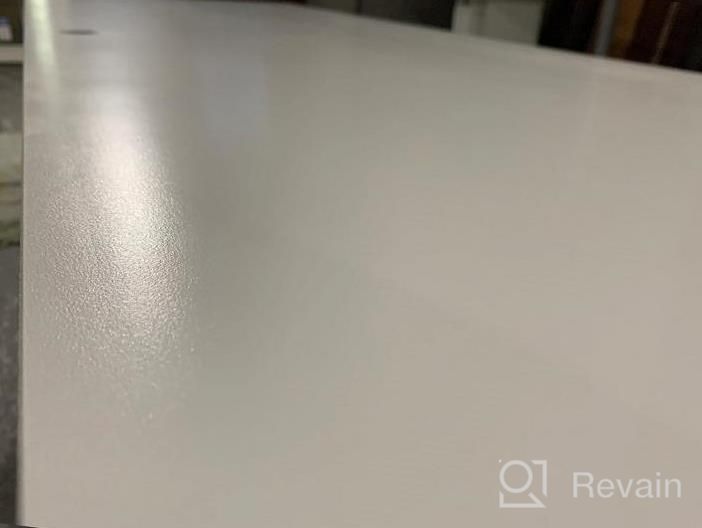
- Achieve professional-looking results at a fraction of the cost with this easy-to-use spray gun
- The spray gun may be challenging to use for beginners, requiring a certain level of skill and practice to achieve satisfactory results
New products
Comments (0)
Similar reviews
Top products in 🖌️ Painting Supplies & Tools
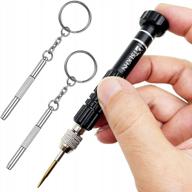
Get Precision With PTSLKHN 5-In-1 Eyeglass Screwdriver Kit For Glasses, Electronics, Cellphone And More

33 Review
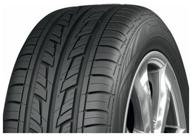
Cordiant Road Runner 185/65 R15 88H summer

72 Review
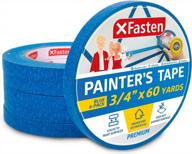
XFasten Blue Painters Tape, Multi-Use, 3/4 Inches X 60 Yards (Pack Of 6) Blue Painters Masking Tape Bulk - Sharp Edge Line Technology, Produces Sharp Lines Residue-Free Wall Trim Tape

31 Review

AOBEN 750W HVLP Paint Sprayer With 4 Nozzles And 1000Ml Container - Ideal For Home And Outdoor Painting Projects (Blue)

32 Review
Another interesting products

🐝 Daddy Van's Unscented Beeswax Furniture Polish: Non-Toxic, Odorless Wood Wax for Nourishing Furniture, Antiques, Cabinets, and Butcher Block

9 Review

👣 4 oz Mohawk Slideez

8 Review
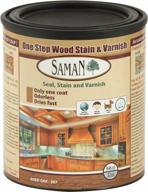
SamaN Interior One Step Wood Seal, Stain And Varnish – Oil Based Odorless Dye & Protection For Furniture & Fine Wood (Aged Oak SAM-307, 32 Oz)

9 Review
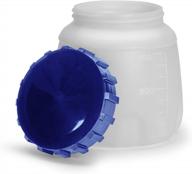
Upgrade Your Paint Spraying Game With HomeRight'S 27 Oz. Container & Lid For Finish Max Sprayer

9 Review

